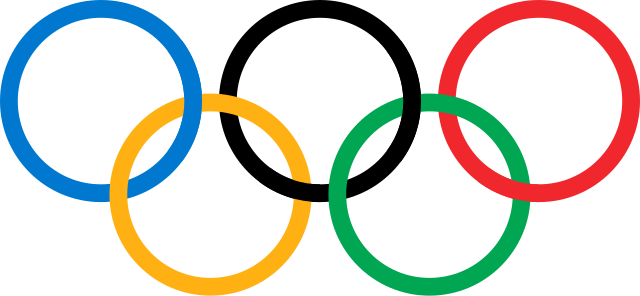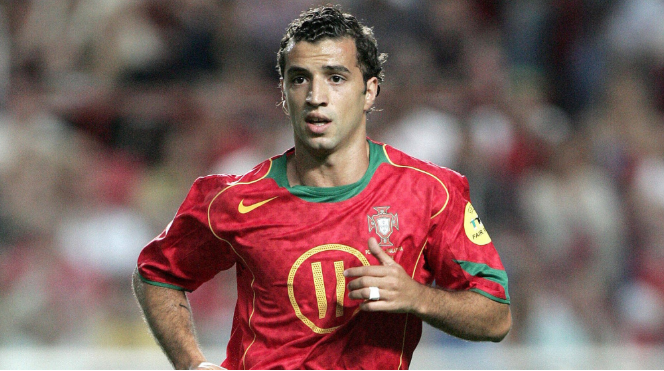In rural Cuba, economy stuck in time after Castro
A convoy is carrying Fidel Castro’s ashes across a Cuban countryside stuck in the bleak economy he left behind: Farmers plowing with oxen, people traveling in horse carts and stores lacking basic goods.
Crowds have been chanting “viva Fidel!” along the island’s roads as a military jeep takes the urn to its final resting place in eastern Cuba on Sunday.
But behind the cheers for the man who ruled with an iron fist for almost half a century, there is frustration about the economic hardship they face every day.
“Everybody talks about Fidel’s legacy, but to defend this legacy, the economy must improve,” said Angel Mora, a 27-year-old electronics engineer in the eastern city of Camaguey.
Sitting shirtless in front of his home, Mora said he would like a better salary and fresh milk, which is often lacking in stores in this cattle ranching region.
Castro’s government brought free education and health care across Cuba after his 1959 revolution triumphed and sought to end gaping inequalities.
But the economy never really took off, weighed down by the decades-old US embargo, government policies and the exodus of Cubans fleeing the anemic economy and political one-party system.
A deep economic shock came in 1991, when Cuba’s main sponsor, the Soviet Union, collapsed.
Seeking to reverse the decline, Castro opened the country to tourism and introduced a dual currency system.
But economists say the currency system has created distortions and imperils the country’s social equality ideal.
A minority of people are able to use convertible pesos, which are equal to one dollar and are used by tourists, while the majority of Cubans get paid in non-convertible pesos with a much weaker purchasing power.
Since replacing his brother in 2006, President Raul Castro has embarked on a slow opening of the economy and took the extraordinary step of restoring diplomatic relations with Fidel’s capitalist foe, the United States.
Raul Castro has allowed Cubans to be self-employed workers and hire staff in certain cases, such as family-owned restaurants and bed-and-breakfasts, tough they lack the same formal legal status as companies.
The state controls 80 percent of the economy, from refineries to pizzerias.
In a sign that the system is not ready for a major overhaul, the government encouraged Cubans to sign an oath of loyalty to the revolution following Castro’s death.
“The authorities fear that a deep reform of the market will erode the state’s control over the economy and create a social class that, by getting richer, can bring back capitalism,” Mauricio Miranda, a Cuban economist at Javeriana University in Colombia, told AFP.
Castro is facing other challenges as well.
The global price of nickel — the country’s main natural resource — has dropped, while sugar production and industrial output are weak, Miranda said.
To top it off, Cuba’s main partner, Venezuela, is undergoing a political and economic crisis that caused Caracas to reduce oil deliveries to the island by 40 percent.
Juan Triana, an expert at the Cuban Economic Research Center, said Castro’s reforms are an indirect cause of the recent rise in food prices. Some 80 percent of food products are imported.
The growth of tourism has created a new, small class of better-off Cubans who get paid in convertible pesos, while the private restaurants fuel inflation, Triana wrote in an article.
Mora, the electronics engineer, welcomed the government’s decision to freeze prices of basic goods, but he said “food remains expensive” for a population that earns on average $30 per month.
He recently gave up his job at a state cargo transport company because getting to work was too complicated.
“You get up in the morning and the first problem you encounter is transportation because there’s no fuel,” said the married father of two girls.
For him, salaries need to improve, “and the other thing is that they should unify the currencies, because for those paid in (non-convertible) pesos, it’s painful.”


